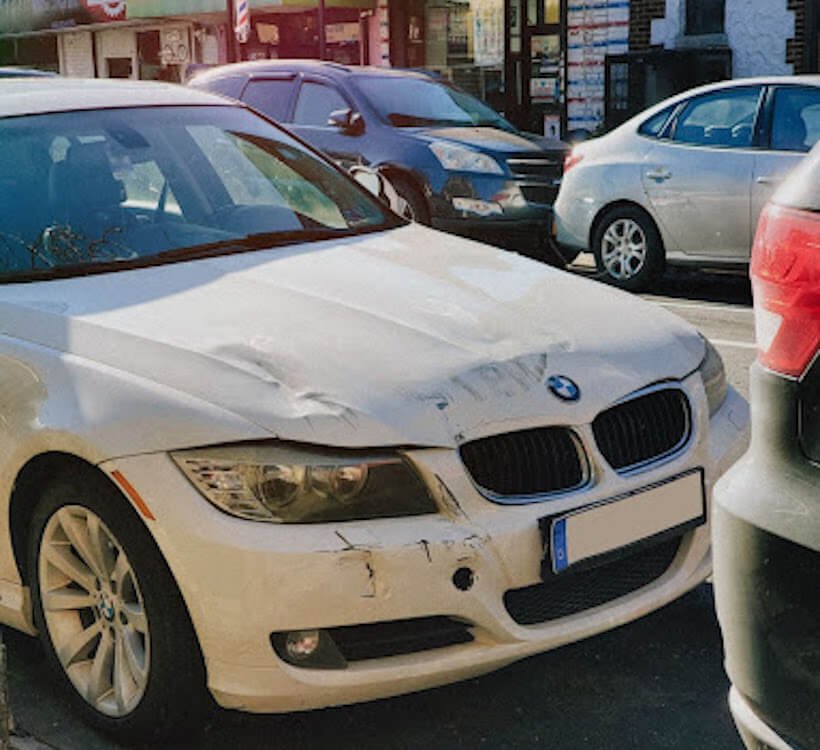Can You Determine Fault After An Accident Based On The Damage To A Vehicle
Determining who is liable for a car accident is critical. Unless you're in a lucky situation where another driver admits fault, reaching that verdict will take an investigation of statements and facts. Even if you live in a no-fault state like Pennsylvania, fault is still determined and can affect if the damage to your vehicle is covered and if you can claim additional compensation for pain and suffering.
Many factors help police and insurance adjusters determine fault, including the type of accident that occurred (ex. T-bone, head-on, rear-end, etc). That being said, the location and severity of the damage alone is insufficient to prove liability.
If you’ve been involved in a serious car accident and need legal assistance to prove fault and get the compensation you deserve, contact a trusted and experienced Philadelphia car accident attorney.
What Vehicle Damage Says About an Accident
When analyzing the scene of an accident and trying to determine fault, police officers and insurance adjusters will investigate the surrounding area, all vehicles involved, and the kind of damage that happened including where it’s located on the vehicles. Considering the presented information they will then work backwards to unfold the circumstances of the accident.
The location and extent of the damage tells a lot about how the accident likely occurred and how fast the vehicles were traveling upon impact. For example, in most cases, rear end collisions assign fault to the rear or trailing vehicle. It is often assumed that the rear vehicle had ample time and distance to brake safely and avoid the accident. However, this is not always the case. It could also be possible that the leading vehicle slammed on their brakes suddenly leaving the rear driver with less than adequate time to come to a full stop.
Additionally, if the damage that occurred created a large or deep impact, it will be assumed the vehicles were traveling quite fast which could offer more clues to who is liable or if someone was speeding and driving recklessly. Skid marks on the road are also an indicator of how fast a vehicle was traveling and possibly how much or little time they had to come to a full stop.
In side-swipe accidents, the location of the damage can also point to fault. If, for instance, one vehicle has damage towards their front end and the second vehicle has damage towards their back end, it could be assumed the vehicle with front end damage was most responsible for avoiding an accident and can be held liable. Again, accidents are rarely black and white which is why having a knowledgeable accident lawyer on your side can be extremely helpful.
Other Important Evidence in a Car Accident Claim
Besides how and what kind of damage occurred, when determining fault, police officers and insurance adjusters will consider many other aspects including the following:
Photographs taken at the scene of the accident
Injuries sustained
Cell phone records
Eyewitness statements
Video surveillance from surrounding buildings
Dashcam surveillance
Statements from passengers
Proving Fault After an Accident With An Experienced Philadelphia Car Accident Attorney
Many factors in an accident can point to fault, however, proving who is responsible can be difficult. While the location and extent of damage is telling, other essential information is needed. If you’ve been involved in a serious car accident and need help establishing fault so you can get the compensation you need, contact the experienced car accident lawyers at Jay L. Edelstein Law offices.


